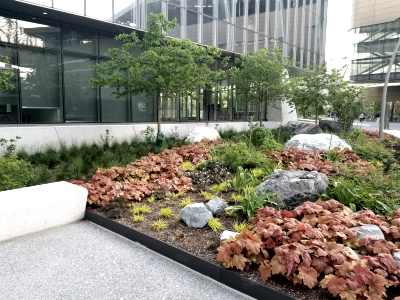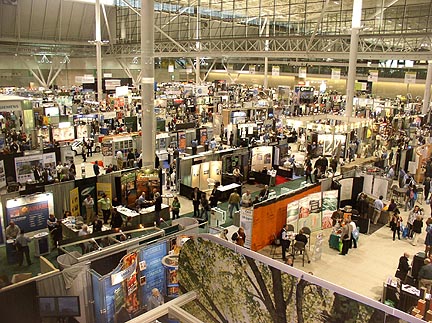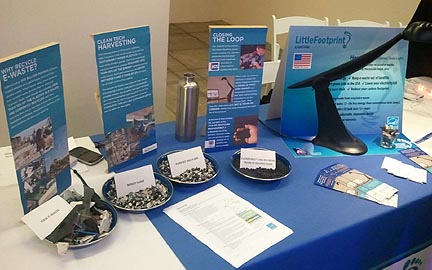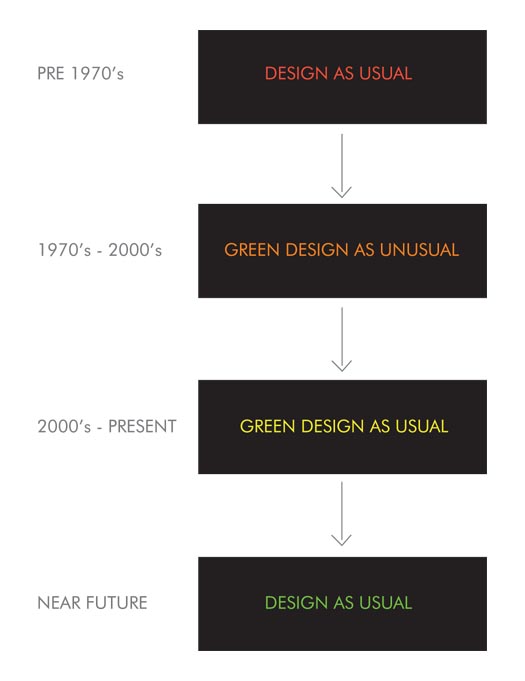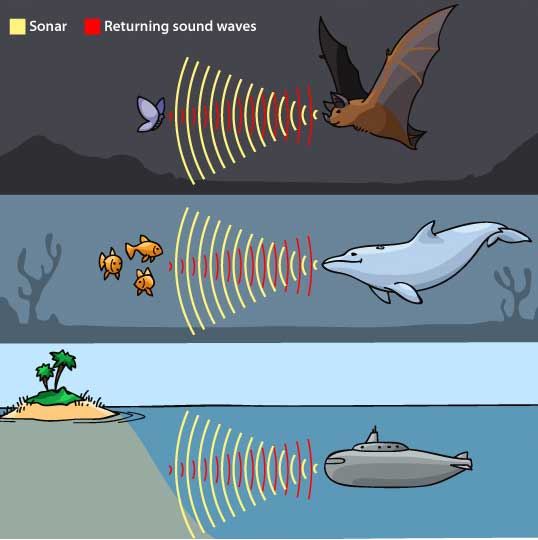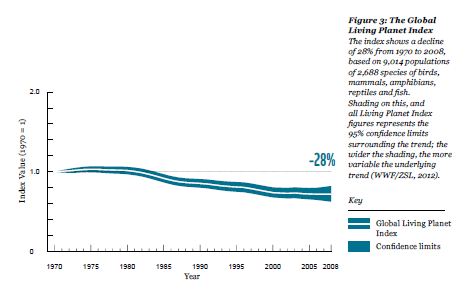Or, what exactly is it we’re trying to do?
I recently moved from a semi-tiny apartment to a house (don’t ask). Included in the package is a relatively small lawn. Despite its smallness, it bothers me for at least two reasons. The first is personal; I grew up in a pretty large and definitely suburban house with a typically large lawn. It was before the days of lawn services, so it fell to my teenage self to mow the acre of really hilly and only sometimes green expanse. That, by the way, is one of the (many) reasons I vowed to never become a dweller in the supposedly idyllic ‘burbs.
I know many will disagree with this aversion, but let me have my rant.
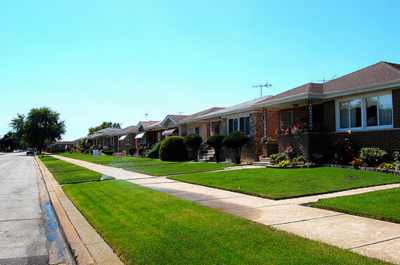
Image credit: Eric Allix Rogers/Flickr
My second distaste for lawns came about as I became increasingly (and I hope not obnoxiously) a proselytizing environmentalist.
In my classes, as I describe the goals of sustainability, starting from the 3Rs through the triple bottom line and beyond, I use lawn mowing and lawns as an example. I first show a picture of a lawn mower and ask the class how, if they were tasked with making it greener, they would go about it. I get the obvious answers regarding fuel efficiency and recycled materials.
But then I push them further and, usually with some prodding, get them to think about lawns themselves rather than lawn mowers. I do this by asking them to take a step back and question what it is we’re really trying to do. A pedagogical goal of mine is getting my students to question assumptions and thereby arrive at more sustainable solutions. So, the answer, in this case, is that we are trying to create landscapes around our buildings. But, I ask them, are lawns the only or best way to go about this?
Because we take lawns for granted, they often seem to be the only approach. That means it takes a conceptual leap to get past traditional lawns.
So the question becomes not how to make a more environmental lawnmower, but how to landscape more environmentally. Lawns are nice for picnics, Frisbees and dogs (or dogs catching Frisbees while devouring our picnics). But that doesn’t justify surrounding our houses or, even more egregiously, suburban office buildings with innumerable acres of non-indigenous (virtually all lawn grasses are not native to North America), unnecessary and – here’s the big point – resource intensive artificial carpets.
This whole topic came to mind the other day when the blog Earther posted “Lawns Are an Ecological Disaster.” The article provided supporting data for what I’d been saying for years:
- There are 40 million acres of lawn in the US, nearly half the total acreage of our major crops
- We collectively spend more money on landscaping – primarily on lawns – than on foreign aid (roughly $50 billion dollars)
- We use 580 million gallons of gas each year for lawn mowers.
- We apply 67 million pounds of pesticides – many carcinogenic or untested – to lawns each year.
- 30% – 60% of municipal drinking water is used for lawn watering
Nor is this new news. Elizabeth Kolbert, among others, wrote about it in depth in the New Yorker back in 2008.
There are yet more issues with lawns, but, hey, this blog is about EcoOptimism. In the class discussion, we eventually get around to the alternative of indigenous planting, though it usually takes, as mentioned above, some prodding. I show them landscapes of wildflowers, xeriscaping and edible lawns.
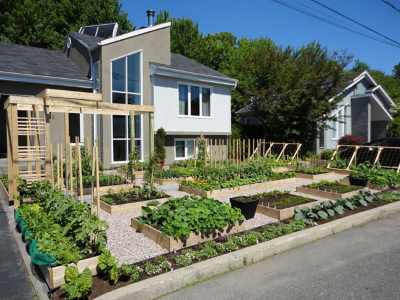
An edible lawn. Image credit.
I also startle them a bit with images of goats, rather than lawnmowers, keeping grass to acceptable height.
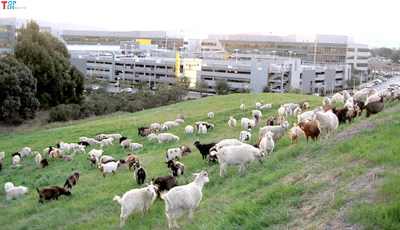
Nature’s lawn mower. Available, of course, from Amazon. Image credit
This alternative to lawns can take some getting used to. When I recently tried to convince some clients to plant wildflowers in their small urban front yard, they said the pictures I showed them looked like weeds in the Southwest. (They also wanted paving instead of a lawn because it was easier to maintain.)
Many of us think of lawns as being part of nature and therefore something desirable. But unlike forests, lawns are carbon positive. (This is an unfortunate term and unintuitively means that something – grass in this case – emits more carbon into the atmosphere than is removed.) They are also “monocultures.” Forests and other ecosystems are diverse, with their many plants and animals creating self-sufficient, resilient regions. Lawns, on the other hand, can’t exist without being created and maintained – at great natural and financial expense – by humans.
Looked at this way, getting rid of lawns is, as we like to point out here, win-win-win: ecologically, economically and, harking back to my childhood lawn mowing nemesis, a time-saver.


